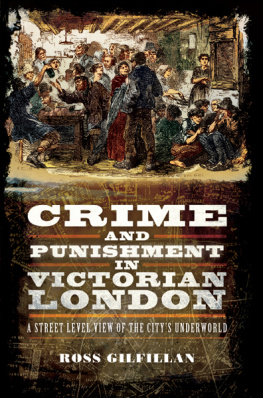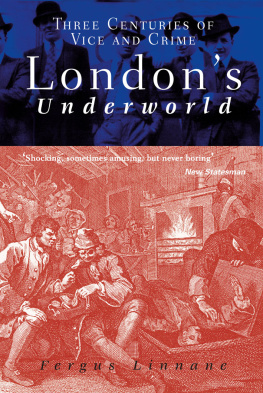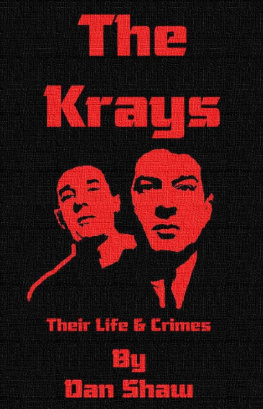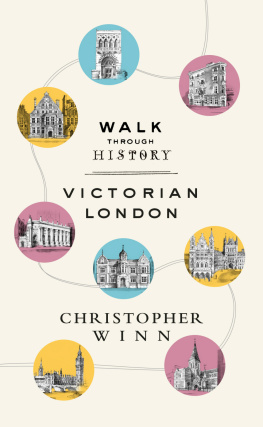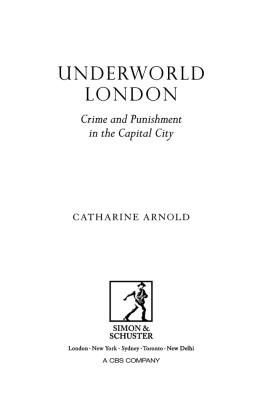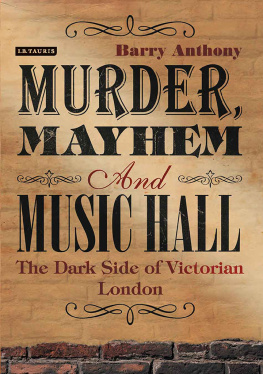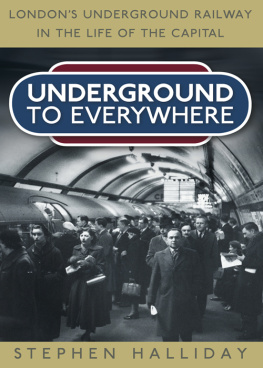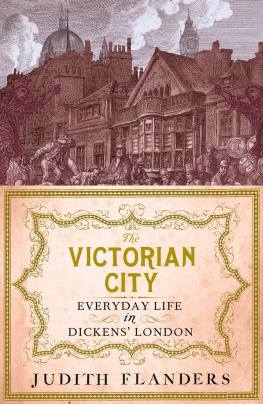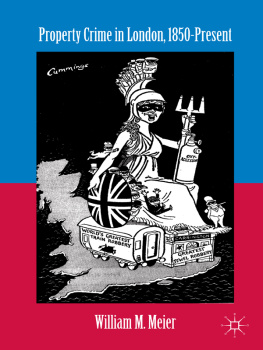For Harris, Gilly and Bagel
First published in Great Britain in 2014 by
PEN AND SWORD HISTORY
an imprint of
Pen and Sword Books Ltd
47 Church Street
Barnsley
South Yorkshire S70 2AS
Copyright Ross Gilfillan, 2014
HARDBACK ISBN: 978 1 78159 342 4
PDF ISBN: 978 1 47383 648 8
EPUB ISBN: 978 1 47383 472 9
PRC ISBN: 978 1 47383 560 3
The right of Ross Gilfillan to be identified
as the author of this work has been asserted by him in accordance
with the Copyright, Designs and Patents Act 1988.
A CIP record for this book is available from the British Library
All rights reserved. No part of this book may be reproduced or
transmitted in any formor by any means, electronic or
mechanical including photocopying, recording or
by any information storage and retrieval system, without
permission from the Publisher in writing.
Printed and bound in England
by CPI Group (UK) Ltd, Croydon, CR0 4YY
Typeset in Times New Roman by
CHIC GRAPHICS
Pen & Sword Books Ltd incorporates the imprints of
Pen & Sword Books Ltd incorporates the imprints of Pen & Sword
Archaeology, Atlas, Aviation, Battleground, Discovery, Family
History, History, Maritime, Military, Naval, Politics, Railways, Select,
Social History, Transport, True Crime, and Claymore Press, Frontline
Books, Leo Cooper, Praetorian Press, Remember When, Seaforth
Publishing and Wharncliffe..
For a complete list of Pen and Sword titles please contact
Pen and Sword Books Limited
47 Church Street, Barnsley, South Yorkshire, S70 2AS, England
E-mail:
Website: www.pen-and-sword.co.uk
Contents
Introduction
T he dark side of Victorian life continues to grip the popular imagination. Turn on the television, go to the movies, or browse in a bookshop and youll be sure to encounter some work of the imagination or of diligent research, which summons up once again the ramshackle doss-houses and brothels of the East End, the festering stink of the slums and the blood-stained streets of fog-bound, murderous Whitechapel. Heartless confidence tricks, vicious assaults and villainous homicides are still being re-enacted more than a century after they were committed. Its as though under the modern map of London still lies the palimpsest of an older, apparently more dangerous city, which has never quite gone away.
Authors have fed on this peculiar fascination for the underbelly of Victorian life since the days when the world they described was still fresh in the mind. Charles Dickens knew the value of bringing the seamier side of London on to his pages. Dickens populated his novels with the poor, the hungry and the criminal characters that better-heeled London preferred not to see unless safely served up in serialised fiction, or in the newspaper columns of journalist Henry Mayhews long-running expos of life on the streets of mid-century London. Dickens shocked readers with stories of callous fiends preying on homeless children, tragic suicides fished from the Thames and the brutal murder of Nancy by the thuggish burglar Bill Sykes. Drawing on his own experiences of visiting hellish places like Jacobs Island in Bermondsey, Dickens gave middle-class readers a glimpse of life on the other side of the recently-laid tracks. Just as Mayhew did, he gave voices to people on the streets, from pickpockets like the Artful Dodger to trouble-beset innocents like Little Dorrit, and even to Jo, a lowly crossing sweeper.
But Dickens wasnt writing only to draw attention to social evils. He readily perceived that with his unorthodox characters drawn from this unseen side of London life, he had tapped into a suppressed and sometimes ghoulish appetite. It was an appetite that he and others like him were ready to satisfy. Other possibilities also offered themselves. With Sergeant Rose and Inspector Bucket, Dickens and his friend Wilkie Collins introduced the first detectives into fiction. Dickens and Collins, and later, Conan Doyle, were among a body of writers who realised that the work of the new detective force could add narrative drive to their fiction. They gave birth to a genre whose popularity shows no sign of diminishing, and is one reason why the world they described remains such a fertile ground for writers, too.
Recent years have seen authors drawing on the legacy of their Victorian forebears and finding a ready readership for stories set in an age that is alien in many respects but which, with its insistent drive towards modernity, is still recognisable as the foundations of our own. Popular books which have faithfully recreated the era include the best-selling The Suspicions of Mr Whicher, and the suitably Victorian-length novels, The Quincunx and The Crimson Petal and the White. Screen writers frequently revisit this milieu: Sherlock Holmes has had both TV and film updates, Dr Who regularly slips back to nineteenth century London, while the murders attributed to Jack the Ripper will always, it seems, provide fodder for fiction.
The period we cover has its main focus on the the middle years of the nineteenth century, the 1850s and 1860s. Yet it also reaches back to the beginning of that century when the murders on the Ratcliff Highway shocked London and woke minds to the idea that something must be done to improve the ad hoc policing of the capital and to the centurys last years, when the Ripper stalked the streets of Whitechapel.
Between these ghastly events are 60 or 70 years during which many of the factors making London a lively, often dangerous place changed dramatically. Roads were driven through thieves rookeries, Forsters Education Act provided elementary education for all children between the ages of five and twelve, and the justice system was radically overhauled. By mid-century, the 200 capital crimes on the books in 1800 had been reduced to a mere handful. Criminals no longer upped their game on the grounds that they might as well be hung for a sheep as a lamb and juries were less likely to let off a man to avoid seeing him hang. Capital punishment continued to be applied, but executions (after 1868) no longer made grisly spectacles and provided free entertainment outside the walls of Newgate.
Attitudes to crime and punishment see-sawed: flogging for instance, was on the way out before the garrotting panic of 1862 caused an increase in its application. There were even voices speaking out against capital punishment per se. Prison sentences replaced hanging and transportation as the most common punishments, new prisons were built, and well-meaning experiments with solitary confinement were made.
A succession of seismic changes were wrought in this age, not only in social conditions but also in the city itself. Some of the neighbourhoods which bred the crime that made the city dangerous or were perceived as such by an expanding, increasingly sensation-hungry press were wiped from the map. Government bodies, philanthropic individuals, religious and other charitable institutions gradually brought about their own improvements to the common lot. However, there was still widespread poverty and concomitant social evils by the centurys end. This often turbulent century had coped, or tried to cope, with social unrest and hunger caused by the introduction of machinery into industry, the Corn Laws, (which made the buying of cheap foreign grain prohibitively expensive), and the new Poor Laws (which allowed relief for the poverty-stricken only through the harsh workhouse system). The towns and cities had an influx of agricultural workers untrained for urban industrial occupations and refugees from the famine in Ireland. No wonder there had been an explosion of crime on the streets.
Taking the century as a whole, though, it was probably safer to live in London during the nineteenth century than it had been in centuries past. It might not have seemed so, of course, now that crime was accounted for in figures and its details rapidly and widely disseminated, but by the centurys end, there was an operational police force, which didnt just deter but now also tried to solve crimes, and a more humane approach to punishment. Despite this, preceding centuries have signally failed to fascinate succeeding generations in the same way the nineteenth century so evidently has.
Next page
